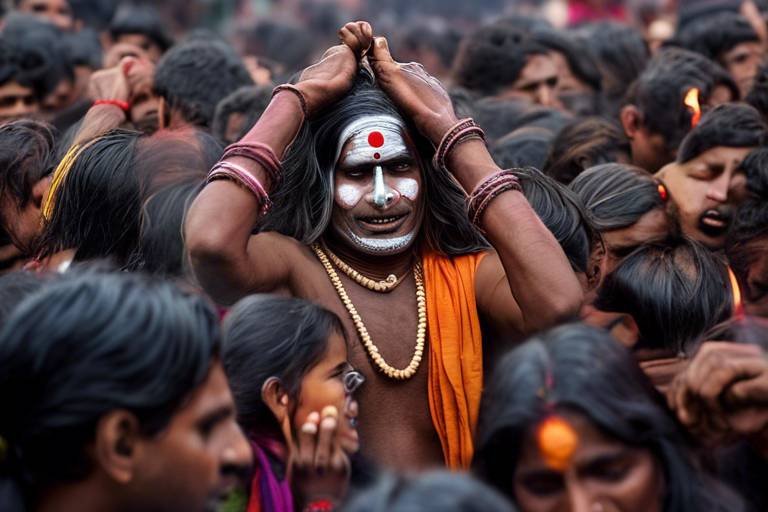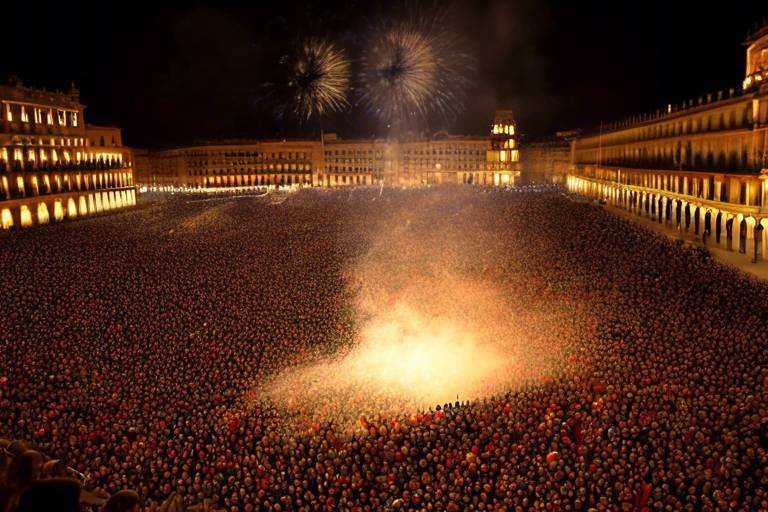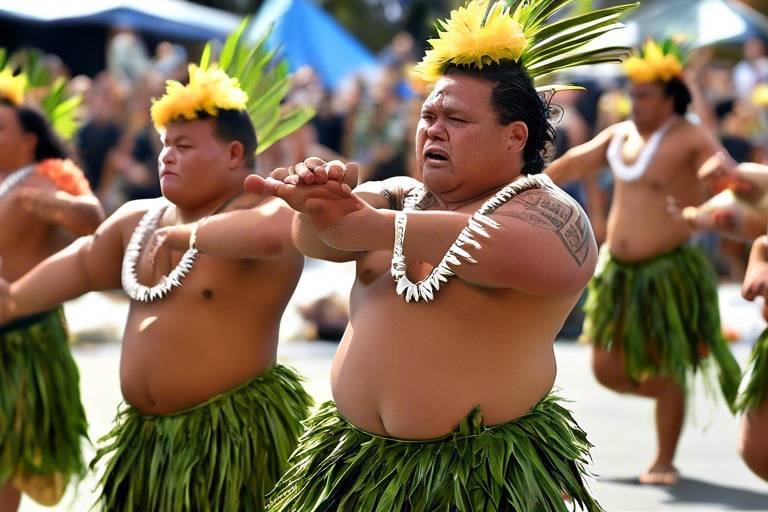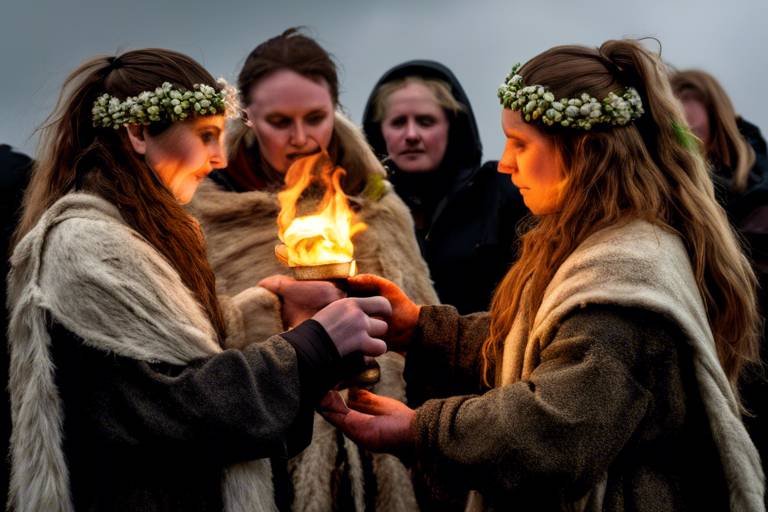The Cultural Significance of Hawaii's Makahiki Festival
The Makahiki festival holds a profound cultural significance in Hawaii, deeply rooted in the traditions and beliefs of the Hawaiian people. This annual event is not just a celebration but a reflection of the rich history and spiritual connection to the land and gods. The Makahiki festival is a time of reverence, gratitude, and communal unity, where ancient rituals and modern interpretations intertwine to create a vibrant tapestry of Hawaiian heritage.
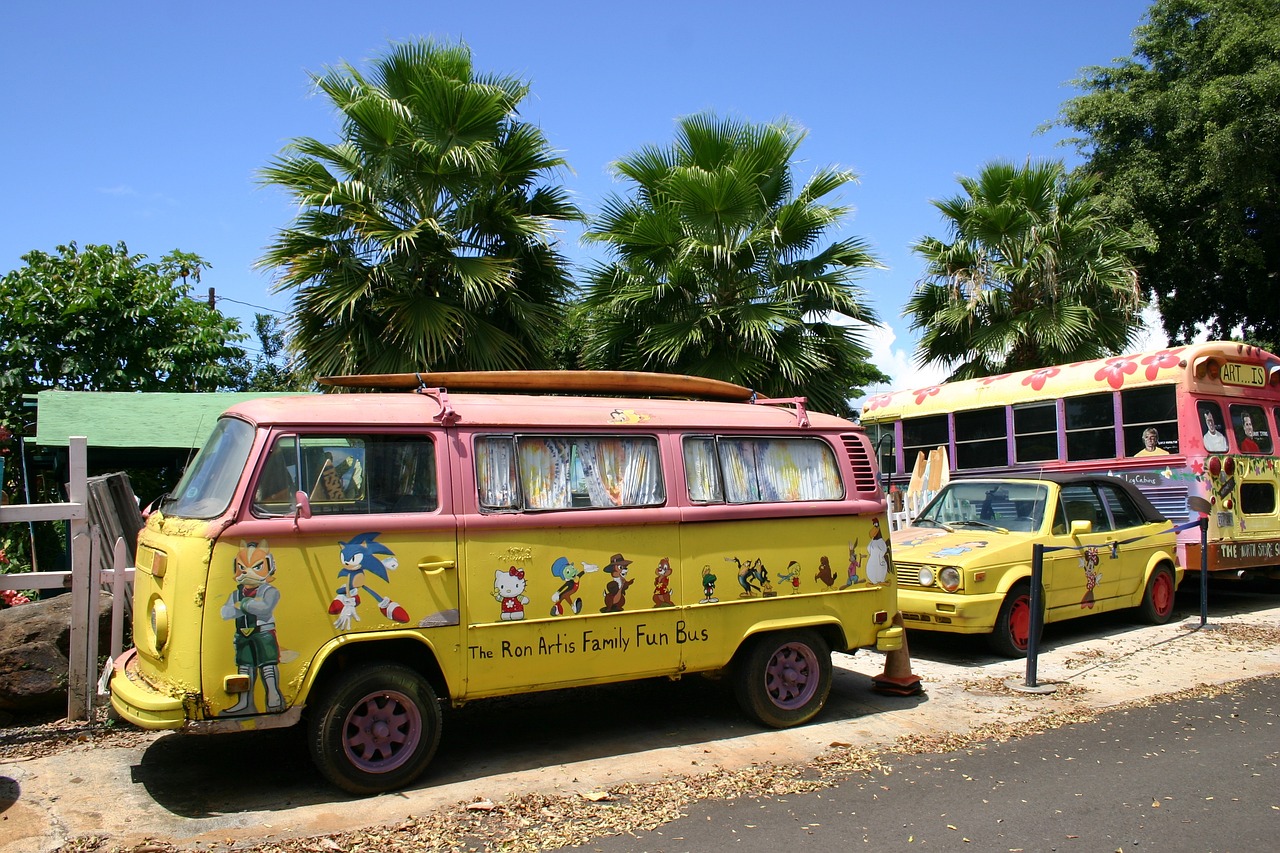
History of Makahiki Festival
Exploring the traditional Hawaiian festival known as Makahiki, its historical roots, cultural importance, and modern-day celebrations. Discover the rituals, games, and ceremonies that mark this annual event in Hawaii.
The Makahiki festival holds deep roots in Hawaiian culture, tracing back to ancient times when it was a period of peace, harvest, and honoring the god Lono. Legend has it that during this time, warfare ceased, and people engaged in various festivities to celebrate abundance and fertility. Over the years, the festival evolved into a significant cultural event, symbolizing renewal and prosperity for the islands.
During the Makahiki festival, traditional rituals and ceremonies play a central role in paying homage to the Hawaiian deities and ancestors. Offerings, prayers, and dances are performed to express gratitude for the blessings of the past year and to seek prosperity for the year ahead.
One of the key practices during the Makahiki festival is the offering of Ho'okupu. These offerings, ranging from fruits and vegetables to handmade crafts, are presented as gifts to the gods as a gesture of appreciation and reverence. It is a way for the community to show respect for the land and its abundance.
Among the festivities of the Makahiki festival are the Maika games, where participants engage in friendly competitions by rolling stones through designated courses. These games not only showcase skill and agility but also promote camaraderie and sportsmanship among the community members.
The Makahiki festival serves as a unifying force for Hawaiian communities, bringing people together to celebrate their shared heritage and traditions. Through feasting, music, and dance, the festival fosters a sense of belonging and pride in cultural identity.
Central to the Makahiki celebrations is the traditional Hawaiian feast known as the luau. This feast features an array of local delicacies, including poi, kalua pig, and lomi salmon, accompanied by music and entertainment. The luau symbolizes abundance, hospitality, and the spirit of communal sharing.
At the Makahiki festival, hula performances take center stage, captivating audiences with their graceful movements and storytelling. The art of hula not only entertains but also preserves the cultural heritage of Hawaii, passing down ancient legends and traditions through dance.
In recent years, there has been a resurgence of interest in reviving and preserving the Makahiki festival in Hawaii. Efforts are being made to ensure that this cultural tradition continues to thrive, providing future generations with a connection to their past and a deep appreciation for their heritage.
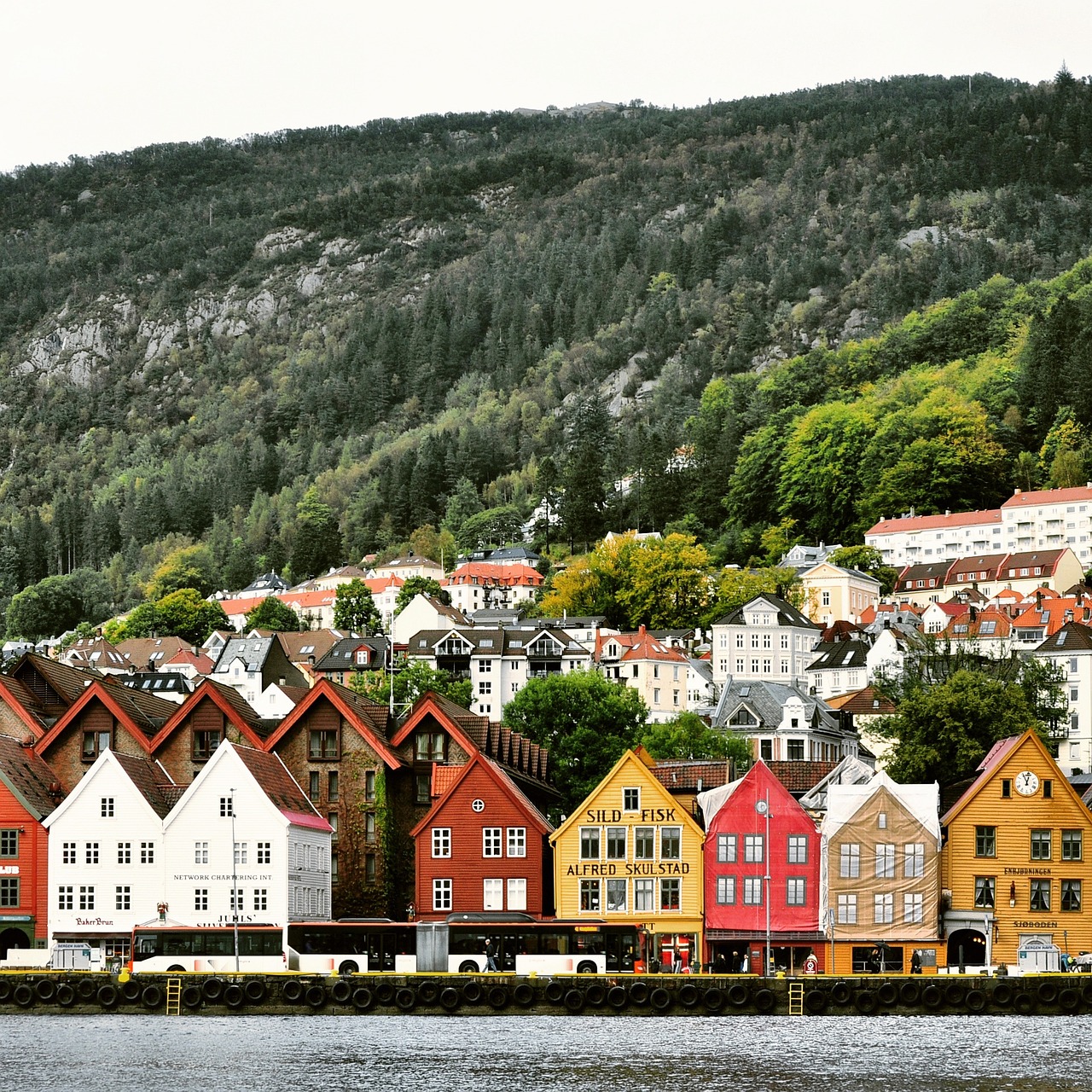
Rituals and Ceremonies
The Makahiki festival in Hawaii is steeped in rich traditions and cultural significance, with a myriad of rituals and ceremonies that honor the history and beliefs of the Hawaiian people. One of the central aspects of the Makahiki festival is the practice of ho'okupu offerings, where gifts are presented as a symbol of reverence and gratitude to the gods for their blessings. These offerings, ranging from fruits and flowers to handmade crafts, hold deep spiritual meaning and play a vital role in the festivities.
Another integral part of the Makahiki festival is the Maika games, ancient competitions that test participants' skills and agility. The Maika games involve rolling stones through designated courses, requiring precision and finesse. These friendly contests not only showcase the physical prowess of the participants but also promote camaraderie and sportsmanship among the community, fostering a sense of unity and celebration.
Throughout the Makahiki festival, traditional dances and ceremonies are performed to honor the Hawaiian deities and ancestors. The rhythmic movements of hula performances captivate spectators, weaving stories of myth and history through graceful gestures and expressive motions. These cultural displays serve as a testament to the enduring heritage of the Hawaiian people, preserving their traditions and values for generations to come.
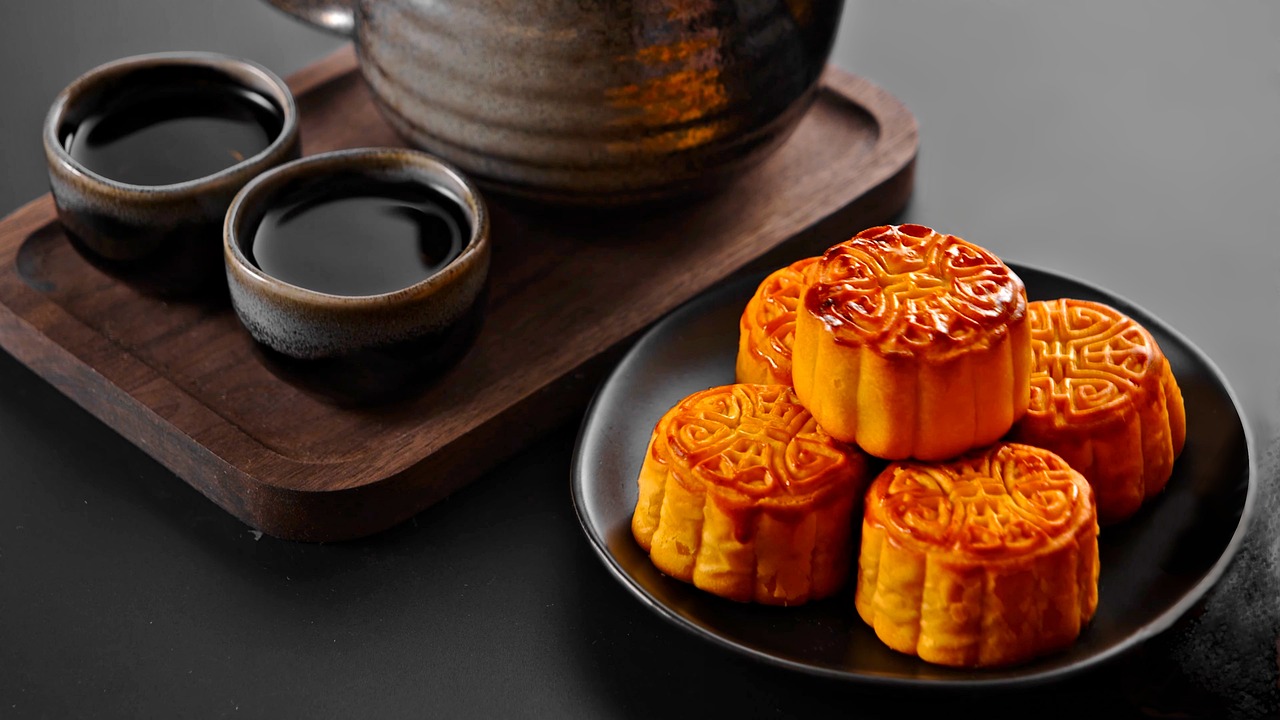
Ho'okupu Offerings
During the Makahiki festival in Hawaii, the Ho'okupu offerings hold a special place in the hearts of the participants. These offerings, made as a gesture of reverence and gratitude, play a significant role in honoring the Hawaiian deities and seeking their blessings for a prosperous harvest and well-being.
The Ho'okupu offerings are carefully selected items that symbolize the respect and appreciation of the community towards the gods. These offerings can vary from traditional food items like taro, sweet potatoes, and fish to symbolic objects such as feathers, shells, or intricate handcrafted items.
Each Ho'okupu offering is presented with utmost sincerity and devotion, reflecting the deep spiritual connection that the Hawaiian people have with their culture and traditions. The act of offering these gifts is seen as a sacred ritual, bridging the gap between the earthly realm and the divine.
Through the Ho'okupu offerings, participants express their gratitude for the abundance of nature, the blessings of the land, and the protection of the ancestors. It is a moment of reflection and connection, where the community comes together to show their reverence and unity in the spirit of the Makahiki festival.
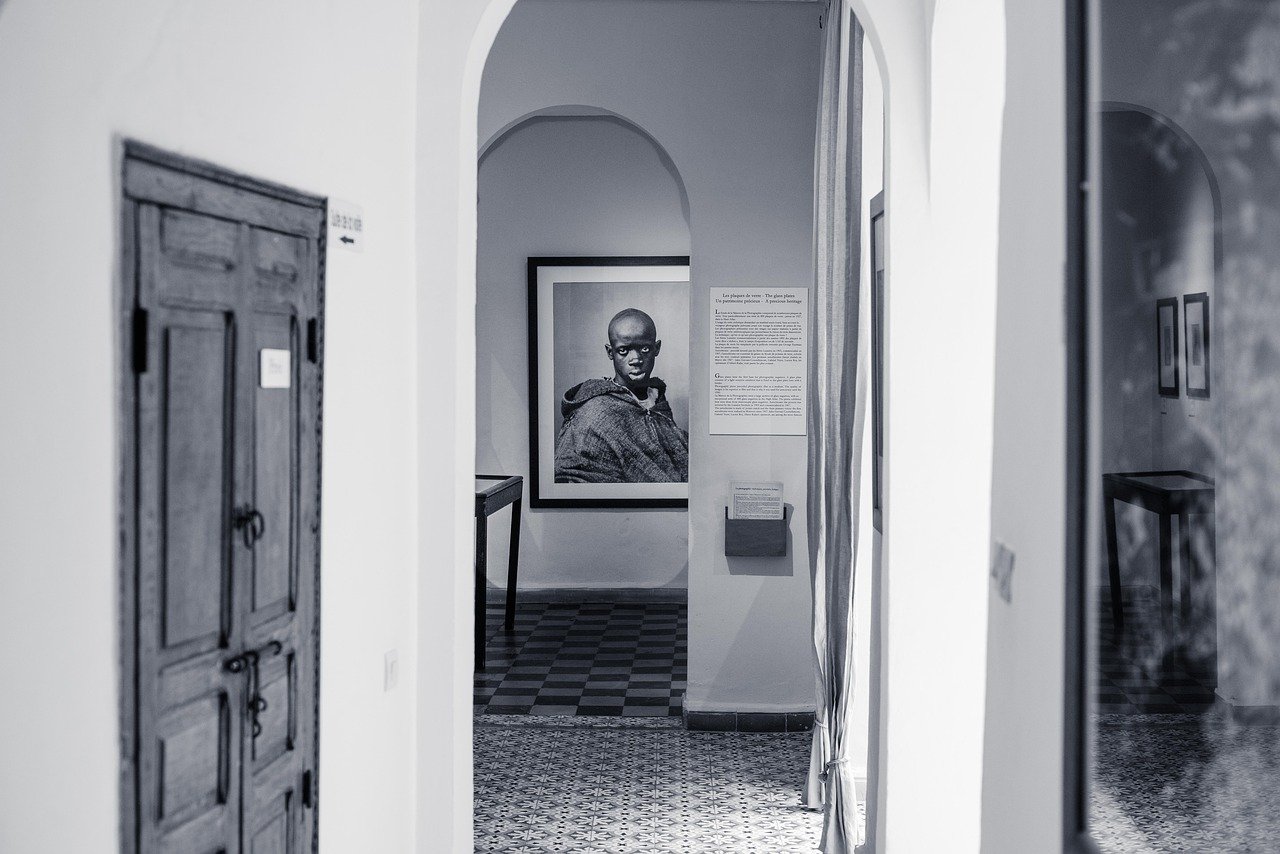
Maika Games
The Maika Games are a traditional part of the Makahiki festival in Hawaii, dating back to ancient times when they were played to honor the god Lono. These games involve rolling stone disks, called maika, through specially designed courses to showcase the participants' skill and agility. The objective is not only to demonstrate physical prowess but also to engage in friendly competition and foster camaraderie among the players.
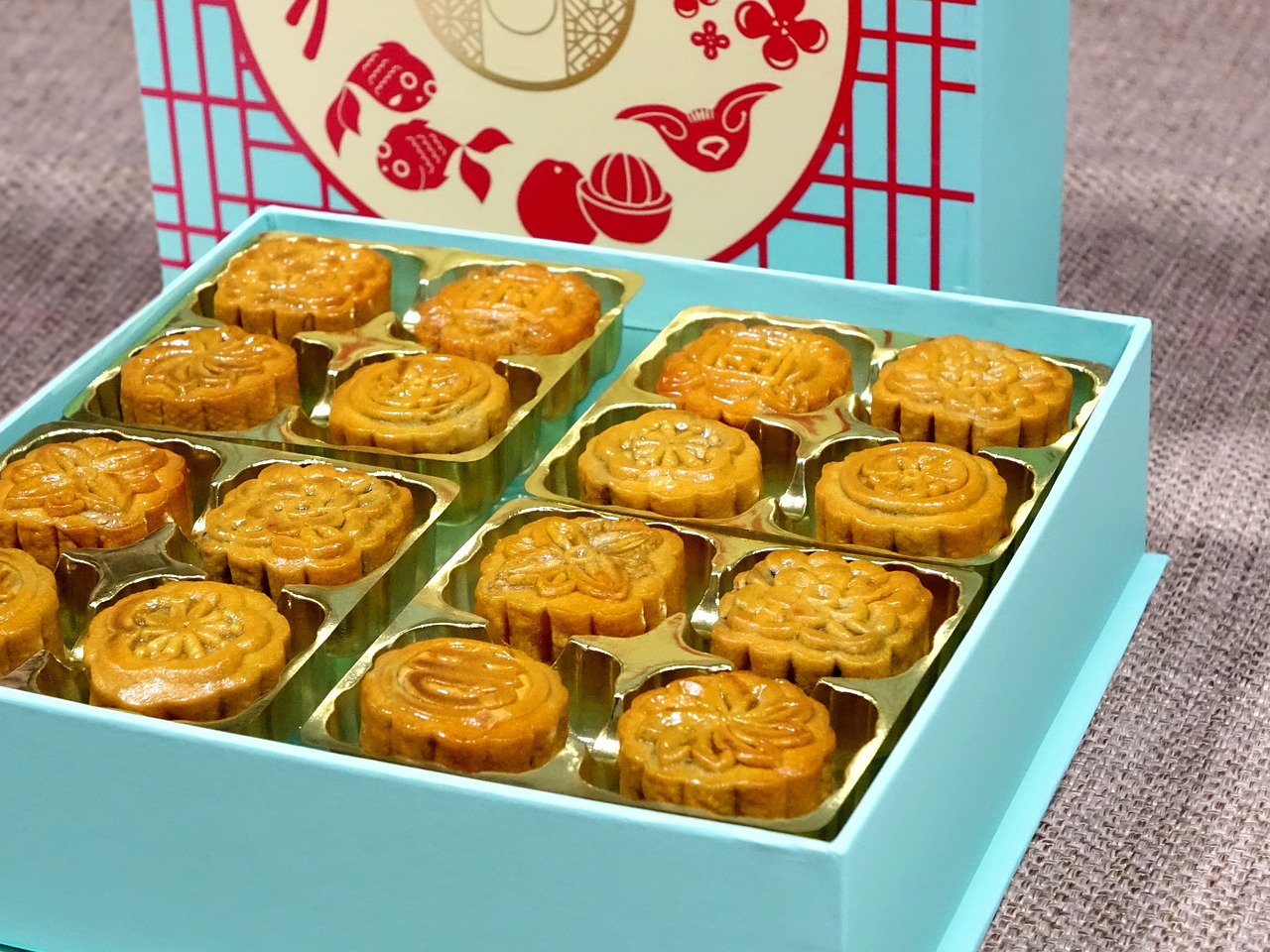
Community Celebrations
Community Celebrations during the Makahiki festival in Hawaii are a vibrant display of unity, culture, and tradition. This annual event brings together people from all walks of life to partake in festivities that honor their heritage and strengthen community bonds. Through feasting, music, and dance, the spirit of aloha permeates the air, fostering a sense of camaraderie and shared joy.
One of the highlights of the Makahiki festival is the traditional Hawaiian feast, known as a luau. This feast is a symbol of abundance and hospitality, featuring a rich array of local foods such as kalua pig, poi, and lomi lomi salmon. The luau is a time for families and friends to gather, share stories, and enjoy the delicious flavors of Hawaiian cuisine.
Music plays a central role in community celebrations during the Makahiki festival. The rhythmic beats of the drums, the melodious strumming of the ukulele, and the harmonious voices of the singers create an atmosphere of joy and merriment. Traditional Hawaiian songs and chants fill the air, connecting people to their ancestors and the spirit of the islands.
Dance is another integral part of the Makahiki festival, with hula performances captivating audiences with their grace and beauty. The dancers, adorned in colorful costumes and leis, move in harmony with the music, telling stories of love, nature, and mythology through their movements. Hula is not just a dance; it is a form of cultural expression that honors the traditions of the past.
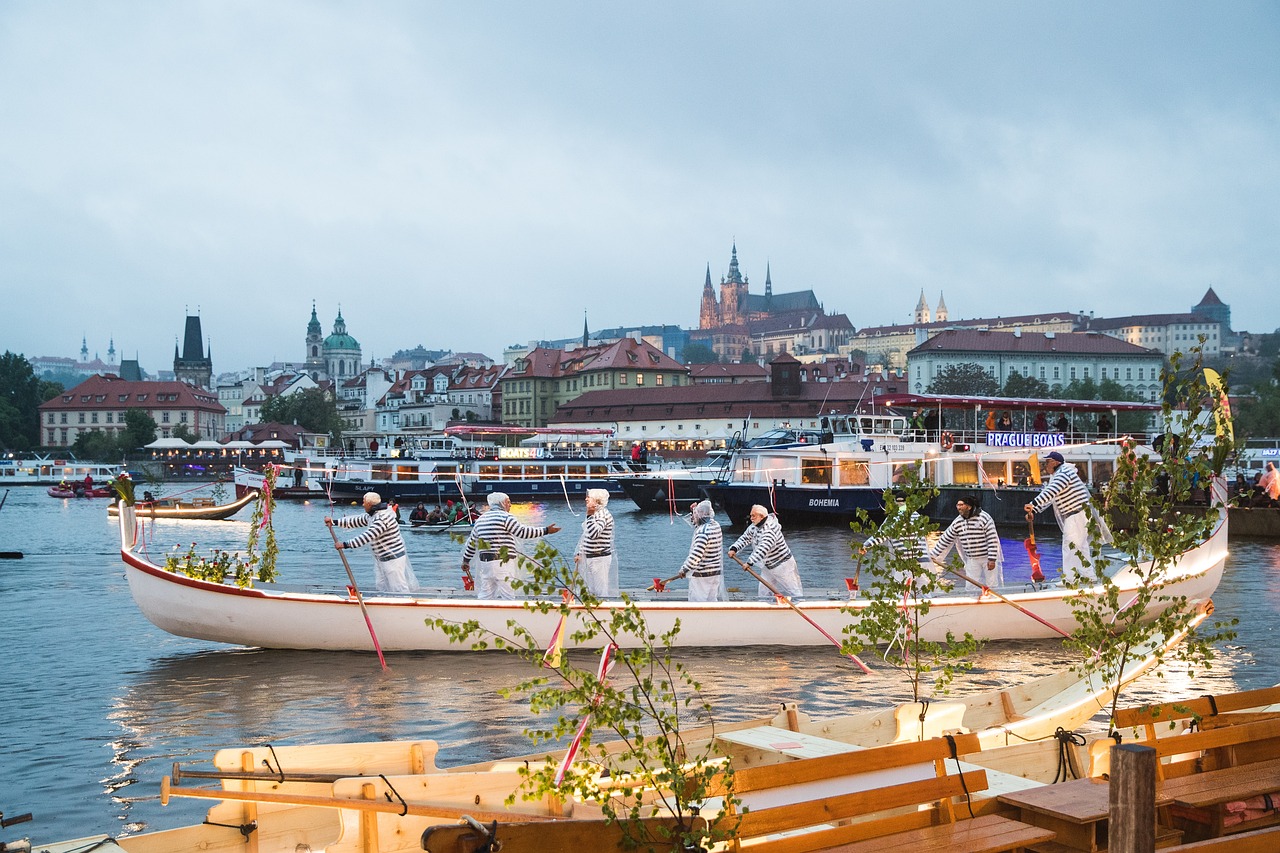
Feasting and Luau
The are integral parts of the vibrant Makahiki festival in Hawaii, where communities come together to celebrate abundance and hospitality in a grand manner. The traditional Hawaiian feast, known as a luau, is a feast for the senses, featuring a rich array of local foods that tantalize the taste buds and reflect the diverse culinary heritage of the islands.
At the heart of the Makahiki festival's feasting is the spirit of sharing and gratitude, where families and friends gather to enjoy a lavish spread of dishes that include fresh seafood, poi (taro paste), kalua pig (roasted pig), lomi lomi salmon, and haupia (coconut pudding). Each dish carries a story, a tradition, and a connection to the land and sea, symbolizing the bounty of nature and the importance of community.
Amidst the feast, the sound of traditional Hawaiian music fills the air, setting the stage for lively entertainment that includes hula performances, chants, and songs that pay homage to the ancestors and celebrate the beauty of the islands. The luau is not just a meal; it is a sensory experience that immerses participants in the sights, sounds, and flavors of Hawaii's rich cultural tapestry.
Tables adorned with tropical flowers, palm leaves, and woven lauhala mats create a festive ambiance, inviting guests to partake in the culinary delights and revel in the joyous atmosphere of the Makahiki festival. The spirit of aloha permeates the gathering, fostering a sense of togetherness and camaraderie that transcends generations and unites people in the spirit of celebration.
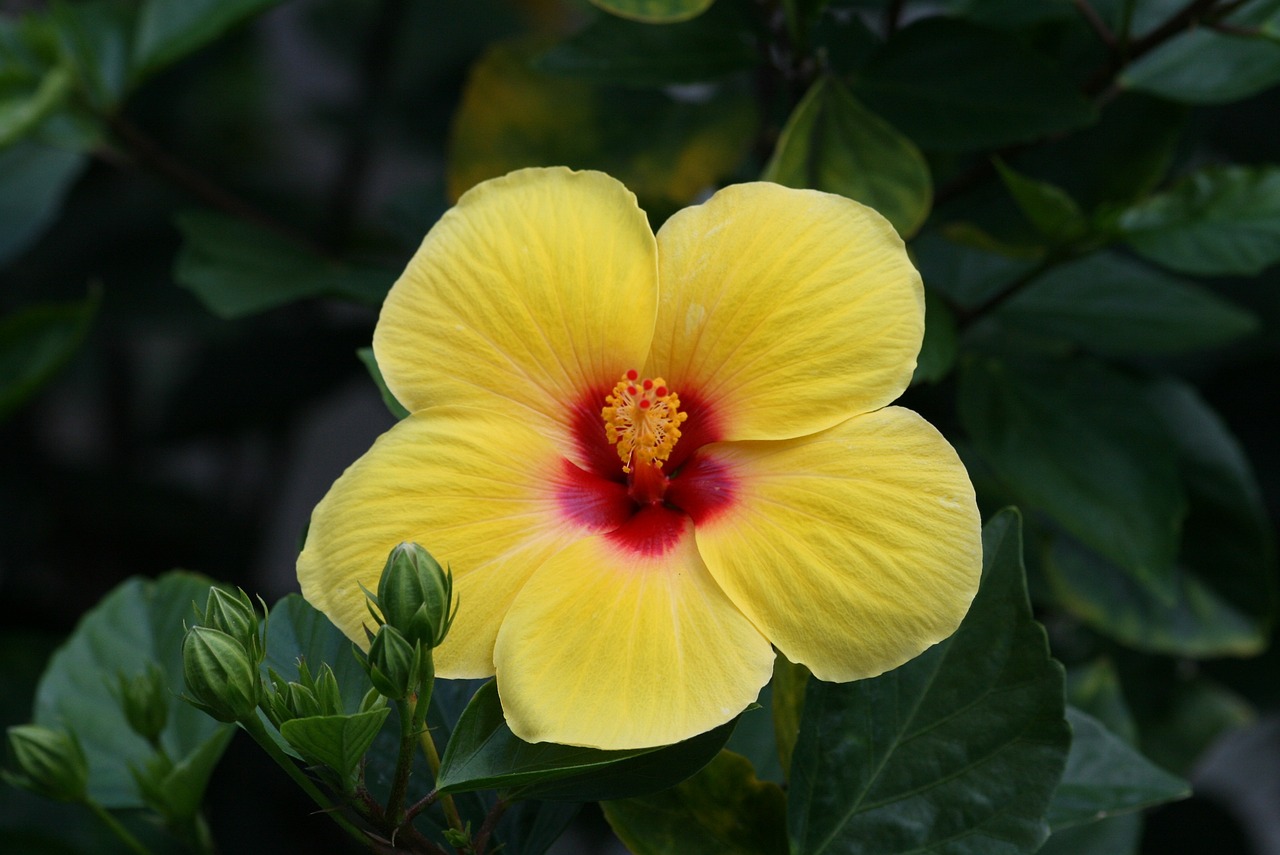
Hula Performances
The at the Makahiki festival are a mesmerizing display of artistry and cultural heritage. The graceful movements and expressive gestures of the dancers tell stories of Hawaii's rich traditions and history. The hula is not just a dance but a form of communication, conveying emotions, events, and beliefs through each movement. It is a celebration of life, nature, and the spiritual connection of the Hawaiian people to their land and ancestors.
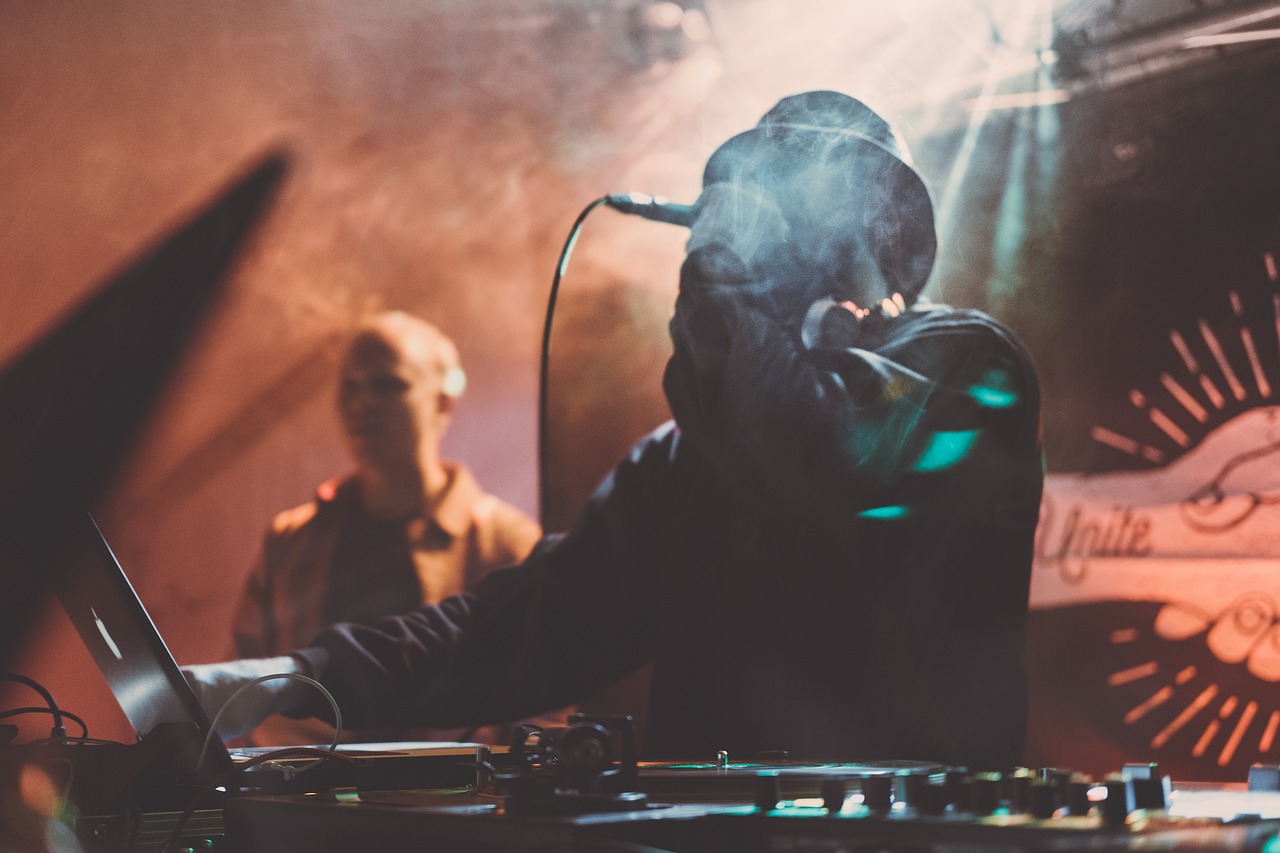
Modern-Day Revival
As we delve into the modern-day revival of the Makahiki festival in Hawaii, we witness a reawakening of cultural pride and heritage among the Hawaiian people. In recent years, there has been a concerted effort to preserve and promote this traditional celebration, ensuring that its significance is not lost to time. Through community initiatives, educational programs, and cultural events, the Makahiki festival has experienced a resurgence, drawing both locals and visitors alike to partake in its rich traditions.
One of the key aspects of the modern-day revival of the Makahiki festival is the emphasis on sustainability and environmental stewardship. In a world increasingly focused on conservation and eco-conscious practices, the festival has adapted to incorporate these values, highlighting the importance of living in harmony with nature. From organic farming practices to the use of eco-friendly materials in ceremonies, the Makahiki festival serves as a model for celebrating tradition while embracing a sustainable future.
Furthermore, the revival of the Makahiki festival has sparked a renewed interest in traditional arts and crafts among the younger generation. Through workshops, demonstrations, and cultural exchanges, young Hawaiians are learning the intricate skills and techniques passed down through generations, ensuring that these cultural treasures endure for years to come. The festival has become a platform for showcasing the talents of local artisans, musicians, and performers, breathing new life into age-old practices.
Moreover, the modern-day revival of the Makahiki festival has transcended geographical boundaries, reaching a global audience eager to learn about and experience Hawaiian culture. Through social media, online platforms, and cultural exchanges, the festival has garnered international attention, fostering cross-cultural understanding and appreciation. As a result, the Makahiki festival has evolved into a symbol of cultural resilience and unity, bridging the past with the present in a celebration of heritage and identity.
Frequently Asked Questions
- What is the significance of the Makahiki festival in Hawaiian culture?
The Makahiki festival holds great cultural importance in Hawaii as it is a time to honor the gods, celebrate the harvest, and engage in traditional rituals that promote unity and community spirit.
- How did the Makahiki festival originate?
The Makahiki festival has its roots in ancient Hawaiian mythology and was initially a time of peace, feasting, and games to honor the god Lono. Over time, it evolved into a significant cultural event celebrating abundance and renewal.
- What are some traditional practices observed during the Makahiki festival?
During the Makahiki festival, traditional practices include ho'okupu offerings to the gods, Maika games to showcase skills, feasting on local foods at a luau, and enjoying hula performances that depict Hawaiian heritage.
- How is the Makahiki festival celebrated in modern times?
In modern-day Hawaii, efforts are made to revive and preserve the Makahiki festival, ensuring that its cultural significance is upheld for future generations. Communities come together to celebrate with feasts, music, dance, and games.





